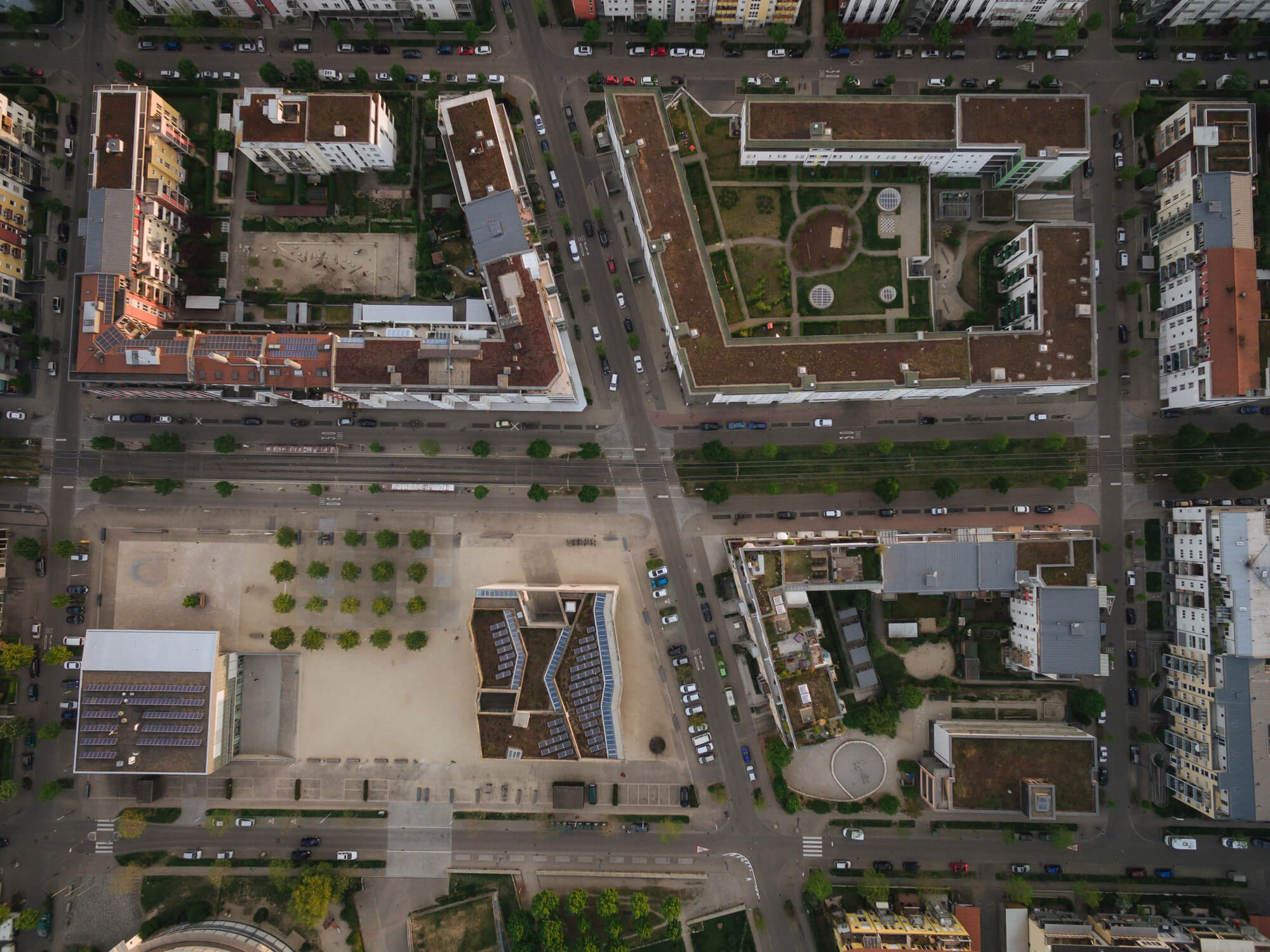Edward W. Walker guesses is that the Kremlin is not going to enter into new negotiations over Debaltseve. Instead, it is going to insist that Kyiv negotiate directly with the “representatives” of the DPR and LPR. That, presumably, would help legitimize the DPR and LPR authorities. But more importantly, it would force the Ukrainians to withdraw to new lines that would allow the separatists, with economic and humanitarian assistance from Moscow, to begin to restore at least a measure of order in the breakaway region.
In Debaltseve, the intensity of the fighting appears to have abated somewhat, despite the fact that separatist/Russian forces have made it into the northeast sector of the town.
Strategically, however, I do not believe it makes much difference if a ceasefire takes hold. This is because I believe the Kremlin intends to use the Ukrainian forces that are cut off in the Debaltseve pocket as leverage. That will be true regardless of whether the fighting stops or ratchets up along the front line.
The problem for Kyiv is that there are least several thousand, and perhaps as many as 8,000, Ukrainian troops encircled in Debaltseve. That represents a very significant portion of the 50,000 or so Ukrainian combatants in the conflict zone. As I noted in my previous post, it is also a much larger force than the 300 or so Ukrainians involved in the battle of Ilovais’k last year.
The main highway out of Debaltseve, the M03, is now controlled by the separatists. The Ukrainians apparently still control a dirt road leading to the north, but it is subject to artillery and MLRS fire by the separatists. There was a report that some Ukrainian troops managed to make it out of the pocket last night, but only a handful and only under fire.
It is now clear that Debaltseve was a critical sticking point in Minsk, as Putin himself indicated after the negotiations concluded. As he put it:
… the original problem was that the representatives of the Donetsk and Luhansk peoples’ republics maintain that as response to aggressive action by the Kiev authorities they did not hold back their attacks, but they even launched an offensive and encircled a group of 6-8,000 troops.
They hope that those troops will lay down their arms and stop resistance, but yet we call on all the parties to exercise restraint, prevent further bloodshed.
Ukrainian authorities believe that there is no encirclement – that their troops are not encircled, they hope that things will go smoothly.
Initially, I had my own doubts about this, and I’m willing to share them with you: Even if those people are indeed encircled, those who are encircled are going to try to break through it, and those who are outside will do their best to try and make a corridor to cut through the encirclement.
But, I talked to Mr. Poroshenko, and we agree that we are going to ask our military experts to find out what is really going on on the ground, and we hope we can work out some sort of measures to verify the implementation on both sides.
Putin’s claim that he became aware of the situation in Debaltseve thanks to the DPR and LPR representatives in Minsk is of course totally implausible, as is his assertion that he had “doubts” about the situation on the ground there. But what he was doing here was making sure that Kyiv and its Western supporters understand that the encircled Ukrainian are going to be used as leverage in the coming days and weeks, and perhaps even months He was also letting Kyiv know that its troops would be fired upon if they tried to reinforce, resupply, or withdraw without first coming to some kind of agreement with the separatists.
That much we know. What we do not know is just what Putin was pushing for at Minsk regarding Debaltseve – surrender, withdrawal without weapons, or withdrawal with weapons. We also do not know if Poroshenko insisted that they remain in place (in accordance with Minsk I) and that the M03 be returned to Ukrainian control, or if he was willing to order an armed withdrawal, and if so, what he expected the new line of contact would be.
Equally importantly, we do not know how long Ukraine’s troops can hold out with or without a ceasefire. We do not know how large the Ukraine force there is, how well armed it is, how good its morale is, or how well supplied it is with food, winter gear, etc. (The Ukrainians may have been preparing for a siege in the pocket, although I have seen no evidence of that.) Nor do we know if they still have the ability to break out without suffering huge losses, or whether there is a window for a breakout that will close at some point, and if so, when that is. In short, we do not know how long and bloody a siege of Debaltseve might be.
Finally, we do not know how the Kremlin plans to use its “hostages,” or how Kyiv will respond to those plans.
With respect to the former, my guess is that the Kremlin is not going to enter into new negotiations over Debaltseve. Instead, it is going to insist that Kyiv negotiate directly with the “representatives” of the DPR and LPR. That, presumably, would help legitimize the DPR and LPR authorities. But more importantly, it would force the Ukrainians to withdraw to new lines that would allow the separatists, with economic and humanitarian assistance from Moscow, to begin to restore at least a measure of order in the breakaway region.
For reasons outlined in my earlier posts, I remain skeptical that the Kremlin will accept a truly stable frozen conflict in eastern Ukraine, with a buffer zone and some kind of peacekeeping force or monitoring mission between the respective warring parties. More likely its goal is a semi-frozen conflict, with no real buffer zone and low-grade fighting along the line of conflict for at least some considerable period of time.
The goal would be to apply continuous heavy pressure on both Kyiv and the West to agree to Moscow’s broad geopolitical demands. Nevertheless, it is still very possible that we will see a major escalation of Russian involvement, including an effort to establish a land corridor to Crime or to degrade Ukrainian military assets, if the West moves past some unclear “redline” with respect to military assistance to Kyiv.
As for Poroshenko, he is facing an agonizing decision with respect to Debaltseve. His choices are (1) enter into an agreement with the separatists that allows his troops to withdraw; (2) order them to try to break out from the pocket by force of arms (which given the size of the forces there I suspect is still possible); (3) order them to hunker down and hold out as long as possible if a ceasefire takes effect, or to defend themselves if it does not.
If the latter proves the case, presumably Kyiv’s goal would be to inflict as heavy losses on the attacking forces as possible if the ceasefire breaks down. But even if it doesn’t, the goal would be for a siege of Debaltseve to galvanize support for the war effort from the Ukrainian public (the Vukovar analogy). And it would be to use the time afforded by a bloody battle or prolonged siege to build up their defenses in the north and prepare as best as possible for a prolonged war.
[Addendum posted at 8:30 PCT, February 16, 2015. I wrote this 24 hours ago but it is already out of date. The fighting around Debaltseve and to the east of Mariupol has escalated dramatically, and it appears that the goal of the Kremlin and its proxies is not, as I had guessed, to hold the Ukrainian troops in the Debalteve pocket hostage (actually, now a number of separate pockets). Rather, it is to destroy them, take them prisoner, or force them to fight their way out to the north. It also appears that they will take Debaltseve much more quickly than I had expected. If so, the next critical question will be whether seizing Deblatseve will be followed by an assault on Mariupol or whether the Kremlin will accept a stabilization of the conflict along a new line of contact. In either case, the likelihood of a prolonged conflict and a full-blown proxy war between Russia and the West is getting higher by the day.]
Attention
The author doesn`t work for, consult to, own shares in or receive funding from any company or organization that would benefit from this article, and have no relevant affiliations

